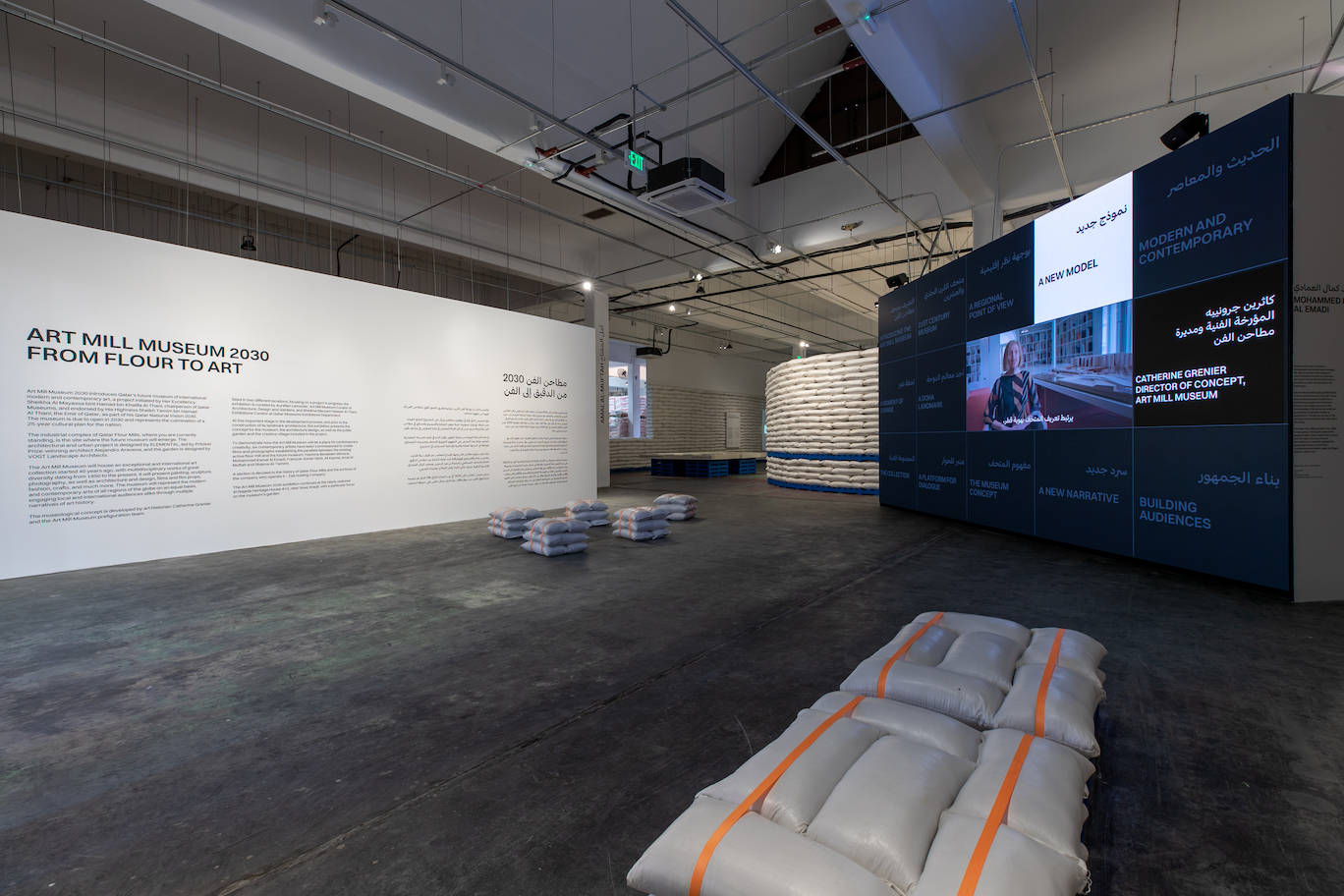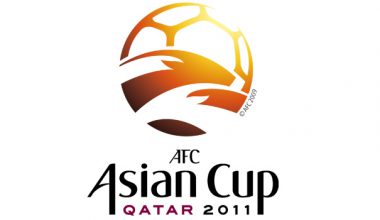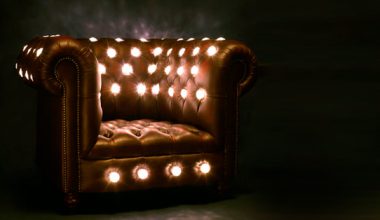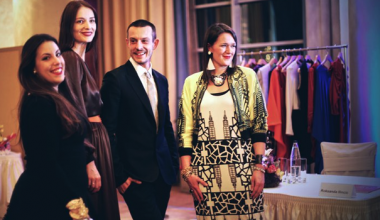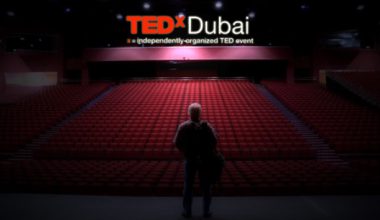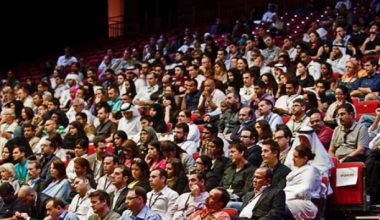As part of Qatar Creates, Art Mill 2030 exhibition was launched in 2022 as a preview of the highly anticipated Art Mill Museum, the future museum of international modern and contemporary art developed by Qatar Museums. The exhibition is open until March 30, 2023, with free entry to Hayya Card holders, QID holders, and GCC nationals and residents.
The Art Mill Museum is also part of a larger urban district with surrounding developments catered towards tourism and entertainment. The vision of the museum is exhibited in Qatar Museum’s adaptive reuse projects: “The Museum’s Garden” located at Al Najada House #15 which is part of an old residential neighborhood and “From Flour to Art” located at Qatar Flour Mills Warehouse, built in the 1990s, where the museum will emerge. The exhibition also features the work of artists that reflect the current activity of the industrial flour mill and the future purpose of the museum. The exhibition is curated by Aurélien Lemonier, Art Mill Museum Curator of Architecture, Design and Gardens, as well as curator Sheikha Maryam Hassan Al Thani and Malak Hassan from the Exhibitions Department at Qatar Museums.
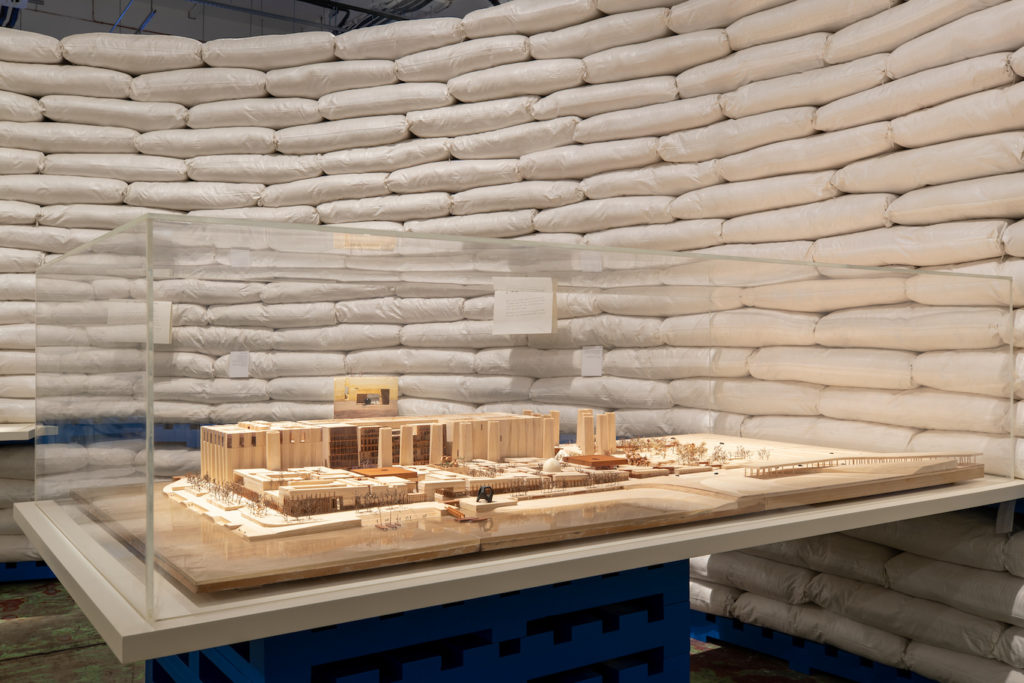
We spoke with the three museum practitioners to learn more about the dynamic between curators and exhibition designers, their visions for the future, and the thought process behind the concept of Art Mill Museum.
Marsya Abdulghani: What is the role of a curator and what is the role of an exhibition designer and how do they collaborate throughout this project?
Aurélien Lemonier (curator): An exhibition team typically includes a curator, project manager, and designer. The curator selects the content, the designer creates the space, and the project manager coordinates logistics and materials i.e., the artworks. All of this is based on a brief and item list written by the curator. The team then discusses the character and atmosphere of the exhibition they intend to create and begin to identify the types of artworks, digital and printed materials, and the information that will be included. Art Mill Museum 2030 is a unique case, primarily because it was developed alongside the obscure identity of a yet-to-exist museum, with many members of the museum prefiguration team working on the project in the background. The decision to temporarily locate the exhibition in the still active warehouse made sense, as the museum will eventually be located there.
Malak Hassan (project manager): This exhibition project is incredibly unique, as it provides a glimpse into the future of a museum which does not yet exist. The conversion of the factory storage space into a temporary exhibition space was challenging due to the site's current industrial set-up, which required logistical talks with curators and frequent site visits. Our architect and curator, Aurélien, along with the expertise of Shk. Maryam in the art commissions, ultimately shaped the exhibition's outcome, and the exhibition has resulted in a remarkable multi-layered collaboration between all stakeholders.
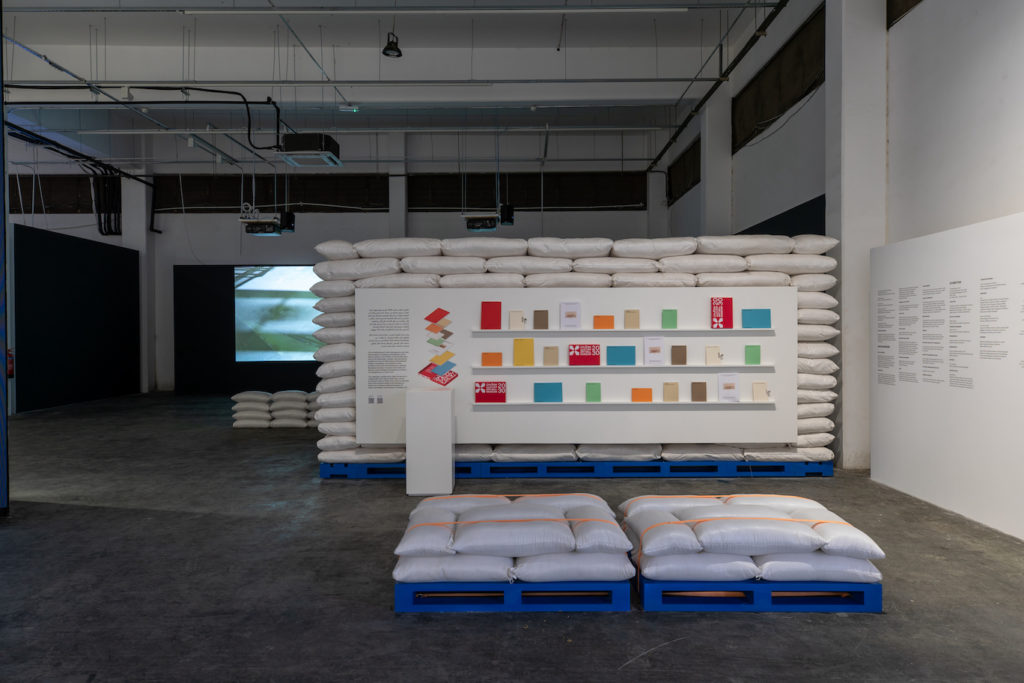
M.A.: What are the selection criteria when choosing the appropriate team members suited for this project?
M.H.: When the concerned project holder receives a project proposal, we select the exhibition designers based on their portfolio, or we choose designers we have worked with in the past on similar projects. In this case, Studio Adrien Gardère was already working on the museography of the future Art Mill Museum, so it seemed only natural that they designed the Art Mill Museum 2030 exhibition. When it comes to selecting contractors and vendors to produce the exhibition, we follow procurement processes. As Qatar Museums is a government entity, we opened a tender and reviewed the list based on procurement regulations. As for the internal lead team, we are selected for each of the three roles depending on our field of expertise and research interests by our management. To ensure the success of the project, we conduct regular meetings to align our ideas and assess feasibility. Like with any undertaking of this scale, challenges can arise, which is why building strong working relationships between the team and stakeholders is crucial to success.
A.L.: As well as appointing a suitable team, the selection of artists was also incredibly important. Due to the unconventional nature of the exhibition and the artworks, which are mainly commissioned, the exhibition evolved alongside the development of the artworks. We had to manage this hurdle from an artistic point of view but also a technical point of view. The artworks were completed three months prior to the exhibition's launch, so we had to negotiate with the artists to find the appropriate way to display the works. Some features of the exhibition, such as the documentaries and the introduction wall were created by us. The selection of artists started before the exhibition and were commissioned as part of the Art Mill Museum’s policy of acquiring site-specific artworks. The artists were selected based on their interests and the commission's theme, such as François-Xavier Gbré whose previous photography focuses mainly on architecture, Ali Kazma who often captures industrial scenes in his videography, and regional and national artists, including Amal Al Muftah and Shaima Al-Tamimi. The exhibition is divided into three categories: the identity of the museum through a documentary of interviews, the current state of the flour mill, and the architecture of the future museum.
Shk. Maryam Al Thani (curator): Initially, we were allocated a space at Qatar Museums Gallery – Al Riwaq, but it was later moved to the flour mill warehouse, which presented unique opportunities. The warehouse space was an empty shell, not the standard “white cube space” we were used to working with. Once Aurélien suggested this location, new questions and possibilities arose. We also had the opportunity to work with the future team of the Art Mill Museum, as well as the private company ZAD Holding, who own the building. This collaboration was a great opportunity to work with everyone on a smaller scale and see the future of the museum unfold. The fantastic outcome of the exhibition was definitely a result of this collaboration.
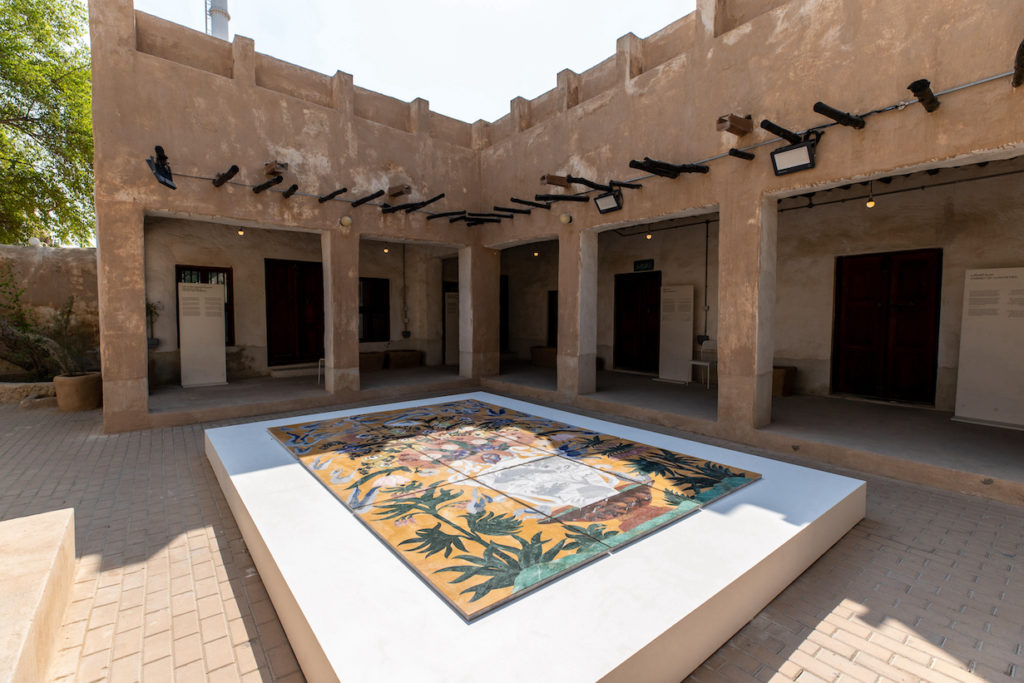
M.A.: How do the curated items create the desired spatial experience?
A.L.: After admiring this authentic feature of the warehouse flour bags on their first site-visit, the team decided to retain the industrial aesthetic of the warehouse and incorporate this feature into the final exhibition design. The team created prototypes, and once approved, contractors installed the exhibition system. The choice of flour bags as walls and seats was significant and became part of the identity of the exhibition. Some scenarios evolved over time which the team did not have control over. The exhibition is split between the small heritage house in Al Najada district near Souq Waqif (this conveys the architectural feel of the future museum garden and creative village), and a warehouse which has never been accessible to the public. One key goal of this exhibition was to bring people to the site of the future museum – a seemingly simple idea which was logistically complicated to organize.
M.H.: The mill’s silos provided inspiration for the architectural design of the future museum by the Chilean studio ELEMENTAL. The size of one silo is replicated in the center of the exhibition with a wall of flour bags to display the models of the future museum. We retained a window which reveals part of the warehouse to allow people to see the active factory and the pile of flour bags ready for distribution. Ensuring that the bread-making process and mill activity are visible is all part of the spatial experience.
A.L.: The exhibition is a work in progress. At the moment, it allows people to see firsthand the process involved in conceiving a new museum. In a figurative sense, the exhibition postulates that nothing is permanent, but rather everything is constantly evolving. At this stage, the team is defining what the Art Mill Museum will become, and what it will mean. For example, we have already been testing elements of the future museum in the current exhibition. The use of the silo in the exhibition preempts future plans to transform these vessels and include them in the overall design. Another example is the Al Najada House, which we have used to envision our ideas of the plazas, which will include the neighborhood and the creative village. We are putting our ideas into practice now, so that we have a better idea of how exactly the Art Mill Museum is going to look and feel.
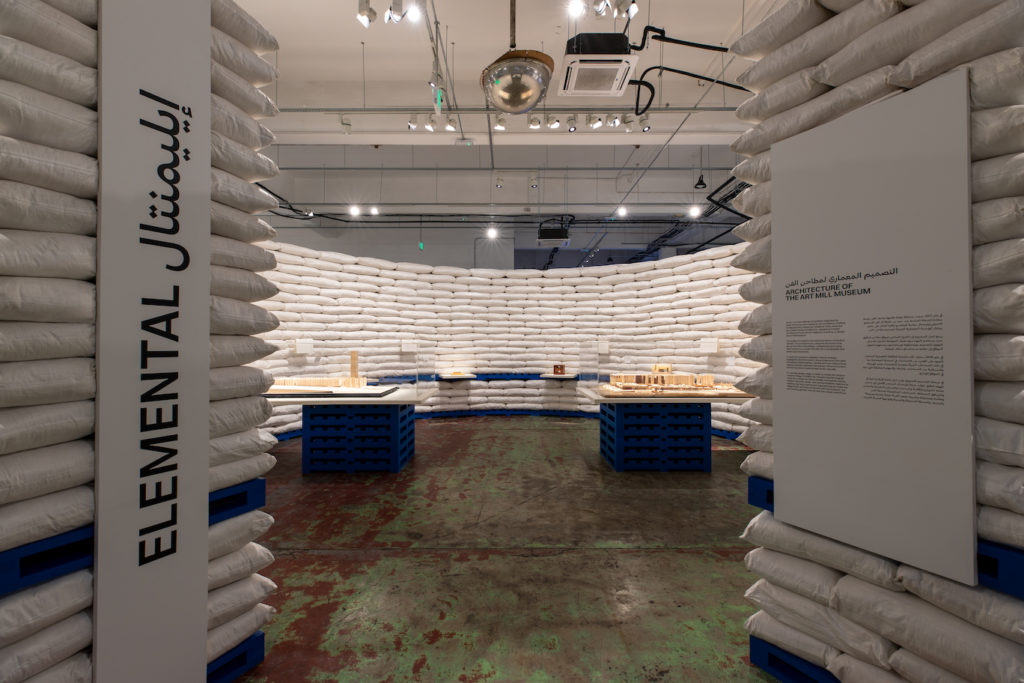
M.A.: Why was Art Mill Museum 2030 revealed during Qatar Creates in the two locations and how has it achieved its goals?
S.M.A.: Qatar Museums has three pillars: heritage, creativity, and art. The organization focuses on integrating these three elements into its strategy and vision. With the Art Mill Museum 2030 exhibition and future museum, they are repurposing a building with the goal of making it a landmark, preserving spaces that are important to the urban landscape, and building on existing spaces rather than only creating new ones. They are considering how to integrate local and international perspectives and continue to develop museums for the 21st century.
A.L.: Qatar Museums will form a cultural district and a triangle between three museums: National Museum of Qatar, Museum of Islamic Art, and the Art Mill Museum. Part II of the exhibition at Al Najada explains this master plan, and the positive impact it will have on the city of Doha, including the plans for the Corniche to be transformed from a highway to a boulevard.
M.A.: What is next for the Art Mill Museum?
A.L.: The plan is to begin construction in 2024 and the opening is planned for 2030. Between now and the end of the decade, there may be more exhibitions like Art Mill Museum 2030, to give audiences an understanding and knowledge of the project's development and evolution. This year, a public programme kicks-off with workshops organized by the Education Department of Qatar Museums. The Art Mill Museum is the first museum in Qatar to reimagine an industrial building. We want to create a legacy that challenges the conventional construction process and that encourages a practice which is conscious of its effect on the environment, and which draws inspiration from and makes use of existing structures.
S.M.A.: Qatar Museums always looks for new ways to engage with the general public and encourage people through our doors by introducing exciting programmes, new exhibitions, and cultural offerings. Our team’s mission is the same, and we look forward to finding new ways of bridging the gap between people and the world of museums as we anticipate the arrival of the Art Mill Museum in 2030.
The Art Mill 2030 exhibition runs until 31th of March 2023. qm.org.qa/en/calendar/art-mill-2030
– Marsya A. Abdulghani, with thanks to Qatar Museums Art Mill Museum team.

